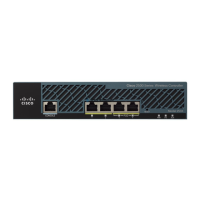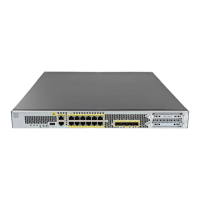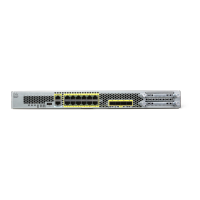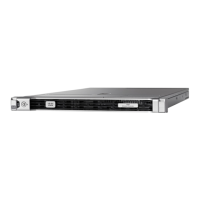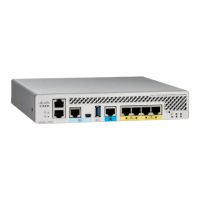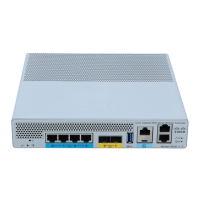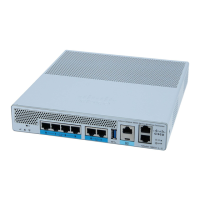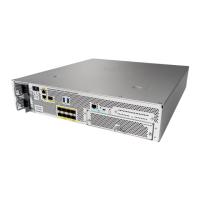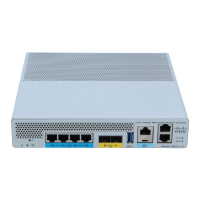11-36
Cisco Wireless LAN Controller Configuration Guide
OL-17037-01
Chapter 11 Configuring Radio Resource ManagementWireless Device Access
Configuring CCX Radio Management Features
Using the CLI to Enable Rogue Access Point Detection in RF Groups
Using the controller CLI, follow these steps to enable rogue access point detection in RF groups.
Step 1 Make sure that each controller in the RF group has been configured with the same RF group name.
Note The name is used to verify the authentication IE in all beacon frames. If the controllers have
different names, false alarms will occur.
Step 2 Enter config ap mode local Cisco_AP or config ap mode monitor Cisco_AP to configure this particular
access point for local (normal) mode or monitor (listen-only) mode.
Step 3 Enter save config to save your settings.
Step 4 Repeat Step 2 and Step 3 for every access point connected to the controller.
Step 5 Enter config wps ap-authentication to enable rogue access point detection.
Step 6 Enter config wps ap-authentication threshold to specify when a rogue access point alarm is generated.
An alarm occurs when the threshold value (which specifies the number of access point frames with an
invalid authentication IE) is met or exceeded within the detection period.
Note The valid threshold range is from1 to 255, and the default threshold value is 1. To avoid false
alarms, you may want to set the threshold to a higher value.
Step 7 Enter save config to save your settings.
Step 8 Repeat Step 5 through Step 7 on every controller in the RF group.
Note If rogue access point detection is not enabled on every controller in the RF group, the access
points on the controllers with this feature disabled are reported as rogues.
Configuring CCX Radio Management Features
You can configure two parameters that affect client location calculations:
• Radio measurement requests
• Location calibration
These parameters are supported in Cisco Client Extensions (CCX) v2 and higher and are designed to
enhance location accuracy and timeliness for participating CCX clients. See the “Configuring Cisco
Client Extensions” section on page 6-39 for more information on CCX.
For the location features to operate properly, the access points must be configured for normal, monitor,
or hybrid-REAP mode. However, for hybrid-REAP mode, the access point must be connected to the
controller.
Note CCX is not supported on the AP1030.
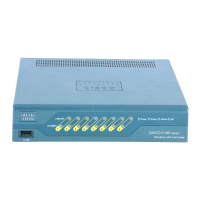
